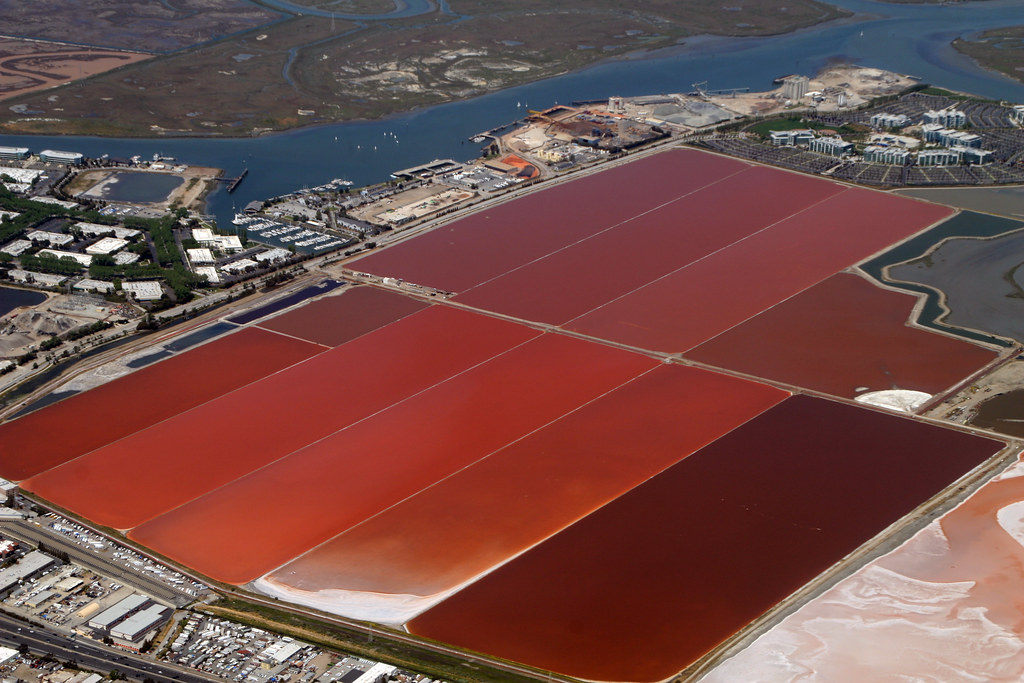
A federal judge in San Francisco on Monday overturned a ruling by the U.S. Environmental Protection Agency that would have allowed dredging — the cleaning and deepening of a body of water by removing rock and sediment — and filling of Redwood City's salt ponds without obtaining permits from the appropriate federal agencies.
In a 21-page review, U.S. District Judge William Alsup found that EPA ignored its own regulations and misinterpreted relevant case law. The judge therefore vacated the determination and remanded the case to EPA for reconsideration under the existing rule.
In 2019, the EPA determined that the Redwood City Salt Lagoons—an area comprising 1,365 acres (about 552 hectares)—adjacent to the full San Francisco Bay that also includes tide pools, wetlands, and commercial salt mining operations; these
